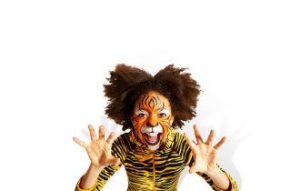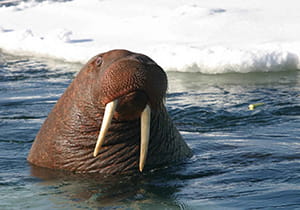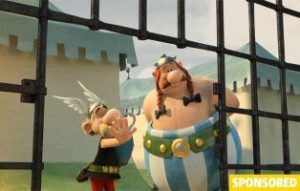
Make your own rocket: primary resource
Learn the science behind making a paper rocket blast off!
This primary resource guides children to make their own rocket, which they can launch using fizzy tablets and water. Discover the science behind making your paper rocket blast off. Why do bubbles move up through water? How does this create pressure?
Pupils will be challenged to follow instructions to make a pop rocket, and adapt those instructions for their own creativity in our National Geographic Kids’ primary resource sheet.
The teaching resource can be used as a printed handout for instruction in class time, or for display on the interactive whiteboard. It could be used in study group tasks for discussion about states of matter and forces that create movement.
Activity: Ask children to complete the task on the page (crafting a rocket), or adapt it for their own individual design, using different colours and patterns. Demonstrate the rocket’s launch to Key Stage 2 pupils at a safe distance, then ask them to carry out the experiment themselves in small groups, following the instructions and using their safety goggles.
N.B. The following information for mapping the resource documents to the school curriculum is specifically tailored to the English National Curriculum and Scottish Curriculum for Excellence. We are currently working to bring specifically tailored curriculum resource links for our other territories; including South Africa, Australia and New Zealand. If you have any queries about our upcoming curriculum resource links, please email: schools@ngkids.co.uk
This rocket primary primary resource assists with covering the following EYFS objectives from the National Curriculum:
In planning and guiding children’s activities, practitioners must reflect on the different ways that children learn and reflect these in their practice. Three characteristics of effective teaching and learning are:
- playing and exploring — children investigate and experience things, and ‘have a go’;
- active learning — children concentrate and keep on trying if they encounter difficulties, and enjoy achievements;
- creating and thinking critically — children have and develop their own ideas, make links between ideas, and develop strategies for doing things.
National Curriculum Key Stage 1 Art objective:
Pupils should be taught:
- to use a range of materials creatively to design and make products
- to use drawing, painting and sculpture to develop and share their ideas, experiences and imagination
- to develop a wide range of art and design techniques in using colour, pattern, texture, line, shape, form and space
National Curriculum Key Stage 2 Art objective:
Pupils should be taught:
- to improve their mastery of art and design techniques, including drawing, painting and sculpture with a range of materials [for example, pencil, charcoal, paint, clay]
As a Science primary resource, it assists with teaching the following Lower Key Stage 2 Science (Year 4) objectives from the National Curriculum
Pupils should be taught to:
- compare and group materials together, according to whether they are solids, liquids or gases
- identify the part played by evaporation and condensation in the water cycle and associate the rate of evaporation with temperature.
National Curriculum Upper Key Stage 2 Science (Year 5) objectives:
Pupils should be taught to:
- know that some materials will dissolve in liquid to form a solution, and describe how to recover a substance from a solution
- demonstrate that dissolving, mixing and changes of state are reversible changes
- explain that some changes result in the formation of new materials, and that this kind of change is not usually reversible, including changes associated with burning and the action of acid on bicarbonate of soda
- identify the effects of air resistance, water resistance and friction, that act between moving surfaces
This rocket primary resource assists with teaching the following Expressive arts First level objectives from the Scottish Curriculum for Excellence:
- I have the opportunity to choose and explore an extended range of media and technologies to create images and objects, comparing and combining them for specific tasks.
- I can create and present work using the visual elements of line, shape, form, colour, tone, pattern and texture.
Scottish Curriculum for Excellence Second level Expressive arts objectives:
- I can create and present work that shows developing skill in using the visual elements and concepts.
This Science primary resource assists with teaching the following Sciences Second level objectives from the Scottish Curriculum for Excellence:
- By investigating how friction, including air resistance, affects motion, I can suggest ways to improve efficiency in moving objects.
- By investigating floating and sinking of objects in water, I can apply my understanding of buoyancy to solve a practical challenge.
Download primary resource
More Like

Wear It Wild!

10 wacky walrus facts!

The Awesome New Asterix movie!









LEAVE A COMMENT
THANK YOU
Your comment will be checked and approved shortly.
WELL DONE,
YOUR COMMENT
HAS BEEN ADDED!
COMMENTS
CUSTOMIZE YOUR AVATAR